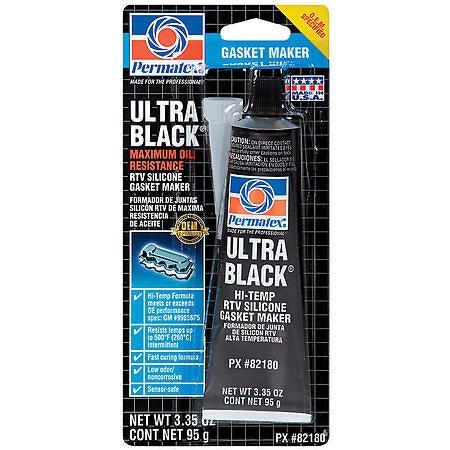As above knowledgeable people.
The six pot diesel has a slight oil leak coming from the LHS of the bellhousing area , running to the lowest point (obviously) and pooling on the undertray . It is nothing major but i would like to fix it if possible.
The pic below shows the rear of the motor and potential problematic area .
 Inkedoil leak 2_LI by Kenny Niven, on Flickr
Inkedoil leak 2_LI by Kenny Niven, on Flickr
From what i have researched It seems to be quite a common problem with the diesel Cayennes / Q7`s + Toureag`s and it stems back to engine assembly and the lack of sealant at a certain point around the casing , the later models seem to be OK.
The "fix" from the main dealer is around £8k , Porsche Specialist between £6 - £7k due to the fact that the complete drivetrain has to be dropped to split the engine / trans to repair the problem area which requires allsorts of specialist tooling and is very labour intensive hence the above pricing and not a DIY job.
I cannot claim my Platinum + warranty as it does not cover know manufacturing defects , which it is.
The car (at eight years old) is obviously outwith the manufacturers warranty.
The purchasing dealer have been great at fixing a few issues i had with the car but i doubt if they would entertain this level of repair for what is essentially a small oil leak on an eight year old vehicle and i don`t want to reject the car as apart from this issue it ticks all the required boxes i had prior to starting my search.
So to the question , eventually , - is there a decent recommended sealer that i could use to effect a repair from the outside once i accurately pinpoint the source. It doesn`t seem to be under pressure so that isn`t a consideration and the housing area is quite accessible as once the suspension is set to off road i can get under the car quite easily.
Thoughts ?
K
The six pot diesel has a slight oil leak coming from the LHS of the bellhousing area , running to the lowest point (obviously) and pooling on the undertray . It is nothing major but i would like to fix it if possible.
The pic below shows the rear of the motor and potential problematic area .
 Inkedoil leak 2_LI by Kenny Niven, on Flickr
Inkedoil leak 2_LI by Kenny Niven, on FlickrFrom what i have researched It seems to be quite a common problem with the diesel Cayennes / Q7`s + Toureag`s and it stems back to engine assembly and the lack of sealant at a certain point around the casing , the later models seem to be OK.
The "fix" from the main dealer is around £8k , Porsche Specialist between £6 - £7k due to the fact that the complete drivetrain has to be dropped to split the engine / trans to repair the problem area which requires allsorts of specialist tooling and is very labour intensive hence the above pricing and not a DIY job.
I cannot claim my Platinum + warranty as it does not cover know manufacturing defects , which it is.
The car (at eight years old) is obviously outwith the manufacturers warranty.
The purchasing dealer have been great at fixing a few issues i had with the car but i doubt if they would entertain this level of repair for what is essentially a small oil leak on an eight year old vehicle and i don`t want to reject the car as apart from this issue it ticks all the required boxes i had prior to starting my search.
So to the question , eventually , - is there a decent recommended sealer that i could use to effect a repair from the outside once i accurately pinpoint the source. It doesn`t seem to be under pressure so that isn`t a consideration and the housing area is quite accessible as once the suspension is set to off road i can get under the car quite easily.
Thoughts ?
K
Last edited:



